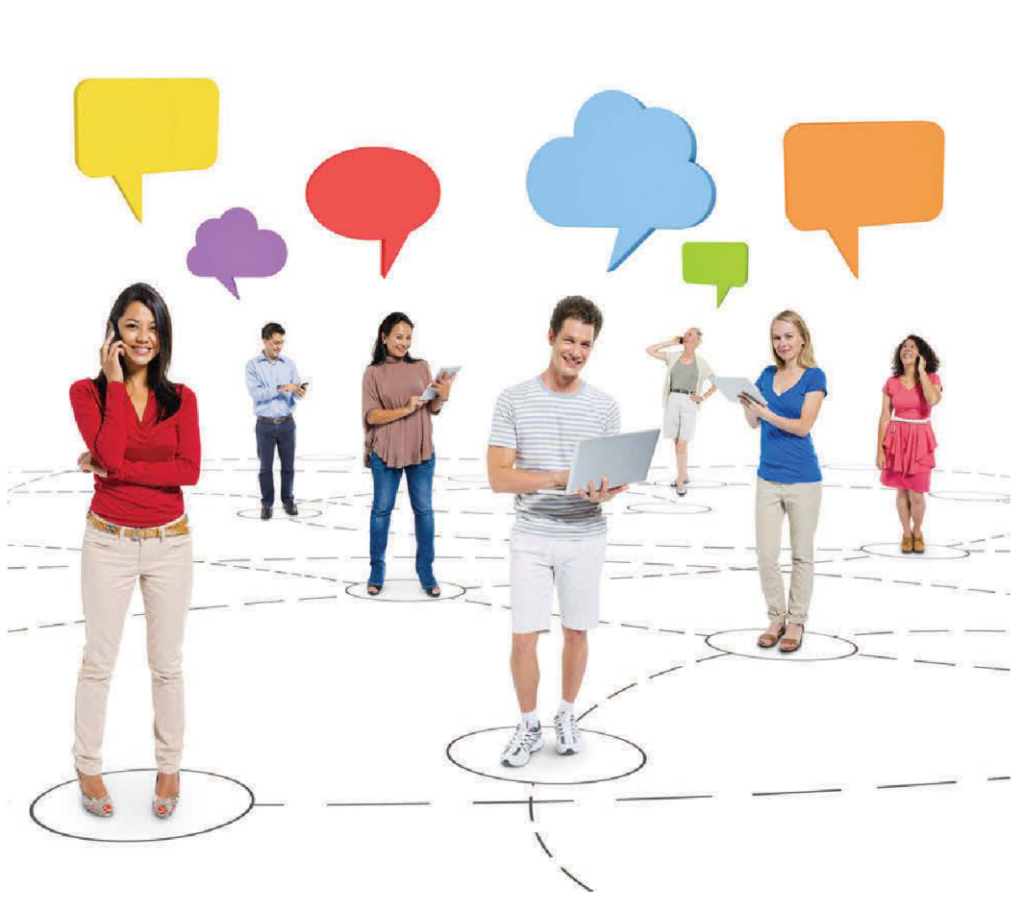We saw in class various examples of homophily, where we could observe some social tendencies and that describe a particular group of people. But how deep are these tendencies? Do these tendencies reflect similarities in perception and interpretation as well?
The Psychology department at the University of California, Los Angeles conducted a study lead by Dr. Carolyn Parkinson to analyze neural homophily. The study consisted of scanning participant’s brains during a viewing of different videos and compare it across multiple groups of friends. These videos were from different genres from comedies to politics.

The results suggested that the similarity of neural responses within a group of friends is extremely high, and the similarity decreases when the distance in the social network increases. So birds of a feather not only flock together but also perceive and respond similarly in different scenarios.
Thus, the data of the mental process showed that it is feasible to predict if two people are friends. In the brain scanning process, it can be detected the brain regions involved in people’s reasoning and emotional response, which are formed based on people’s expectations, knowledge and interests. Interest, in particular, is one of the factors that is considered while looking at homophily.
Algorithms to recognize possible friendships based on common traits and social tendencies already exist, however, it could be more efficient if it could recognize (neural) response patterns. This study showed that there are different ways to detect similarities across social networks and the possibility of homophily prediction.
Links:
https://www.nature.com/articles/s41467-017-02722-7
https://www.futurelearn.com/courses/social-media/0/steps/16055
